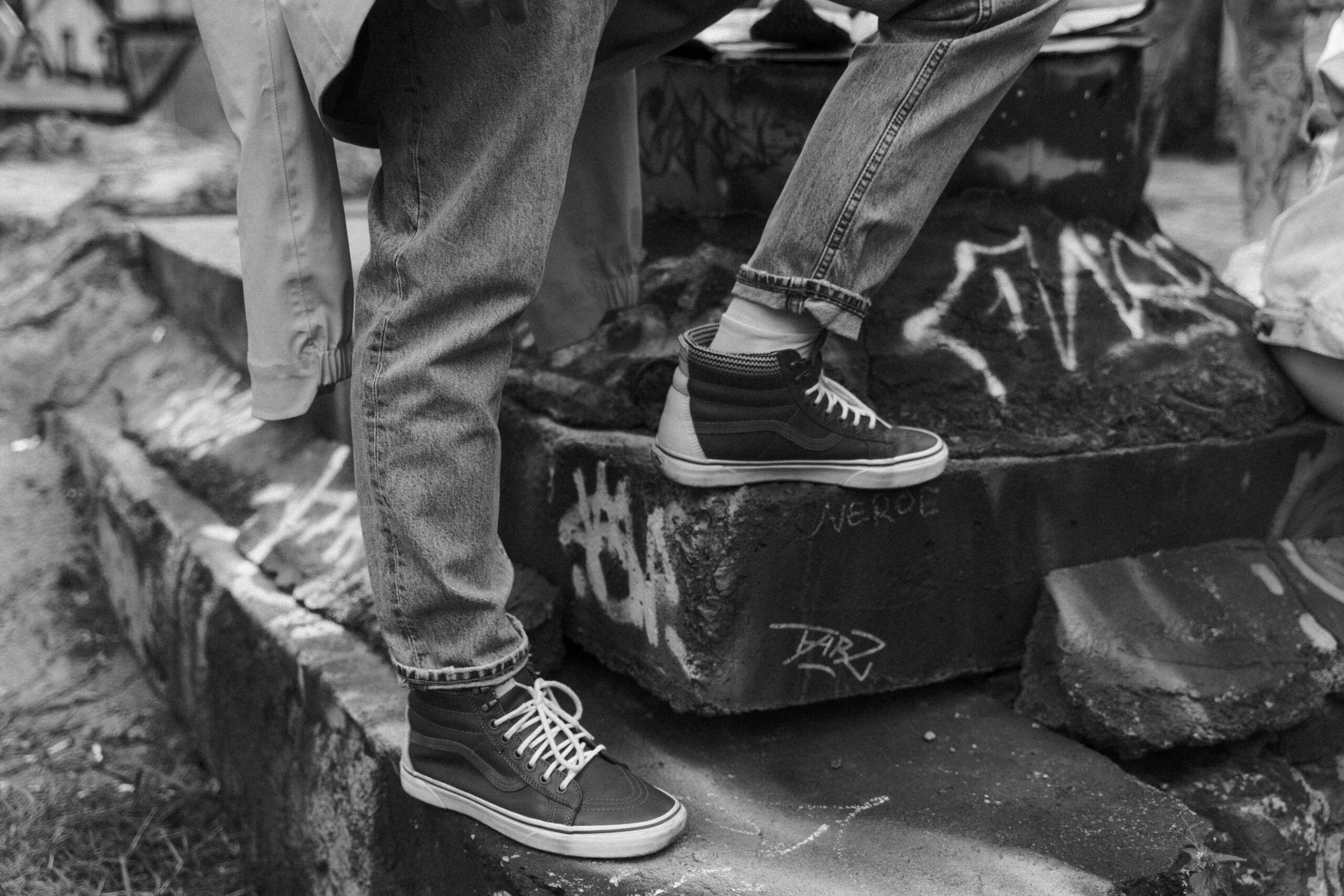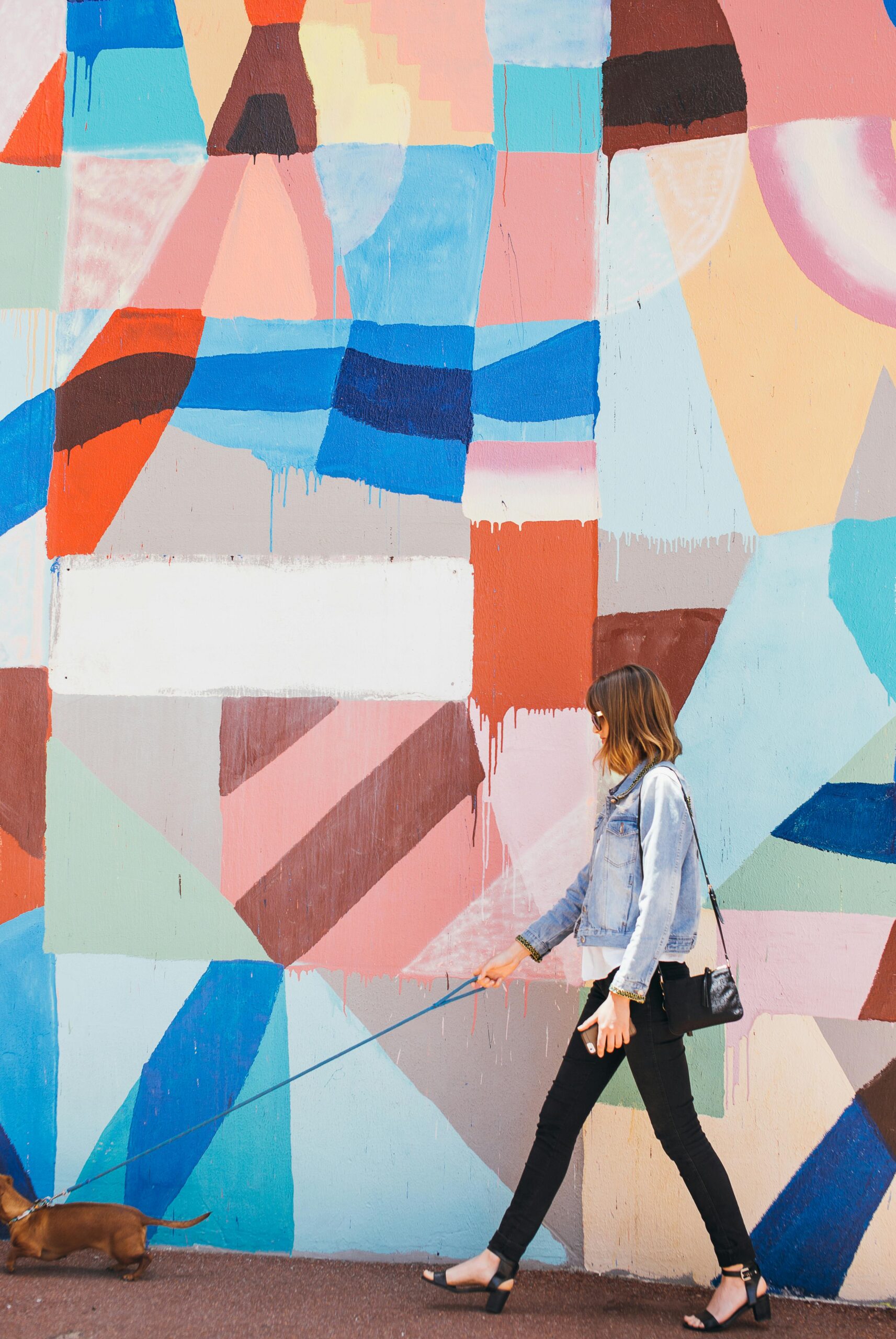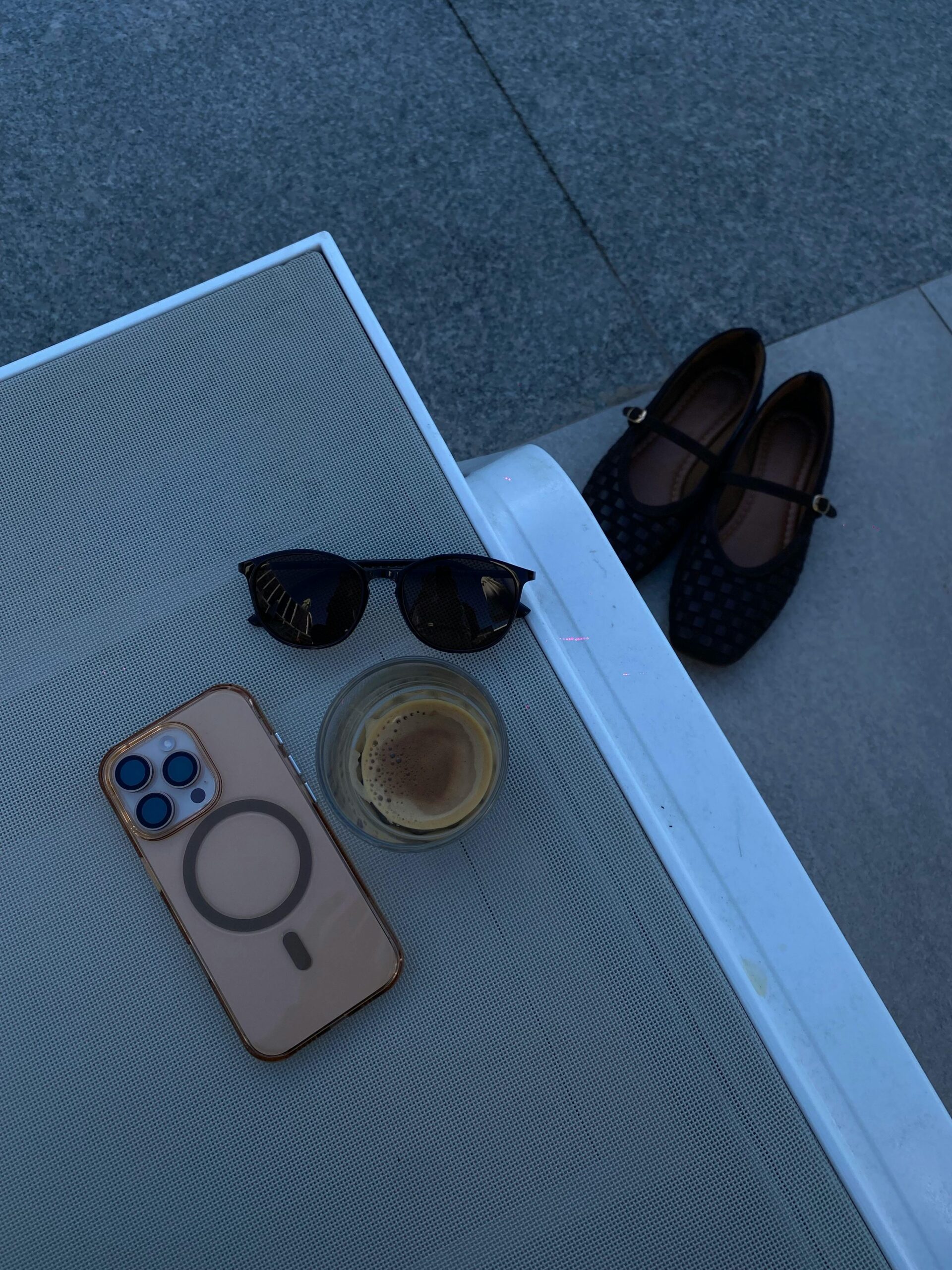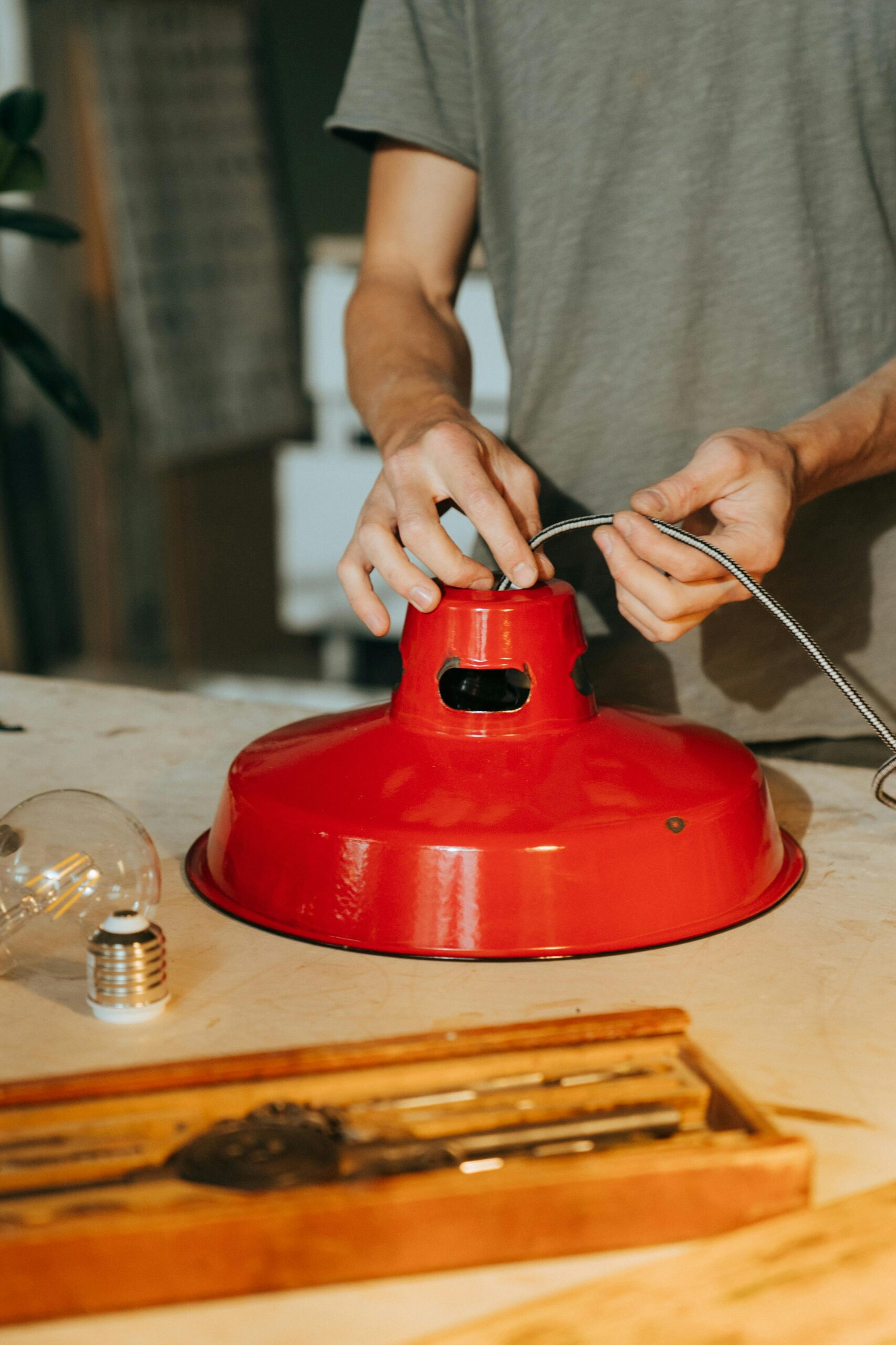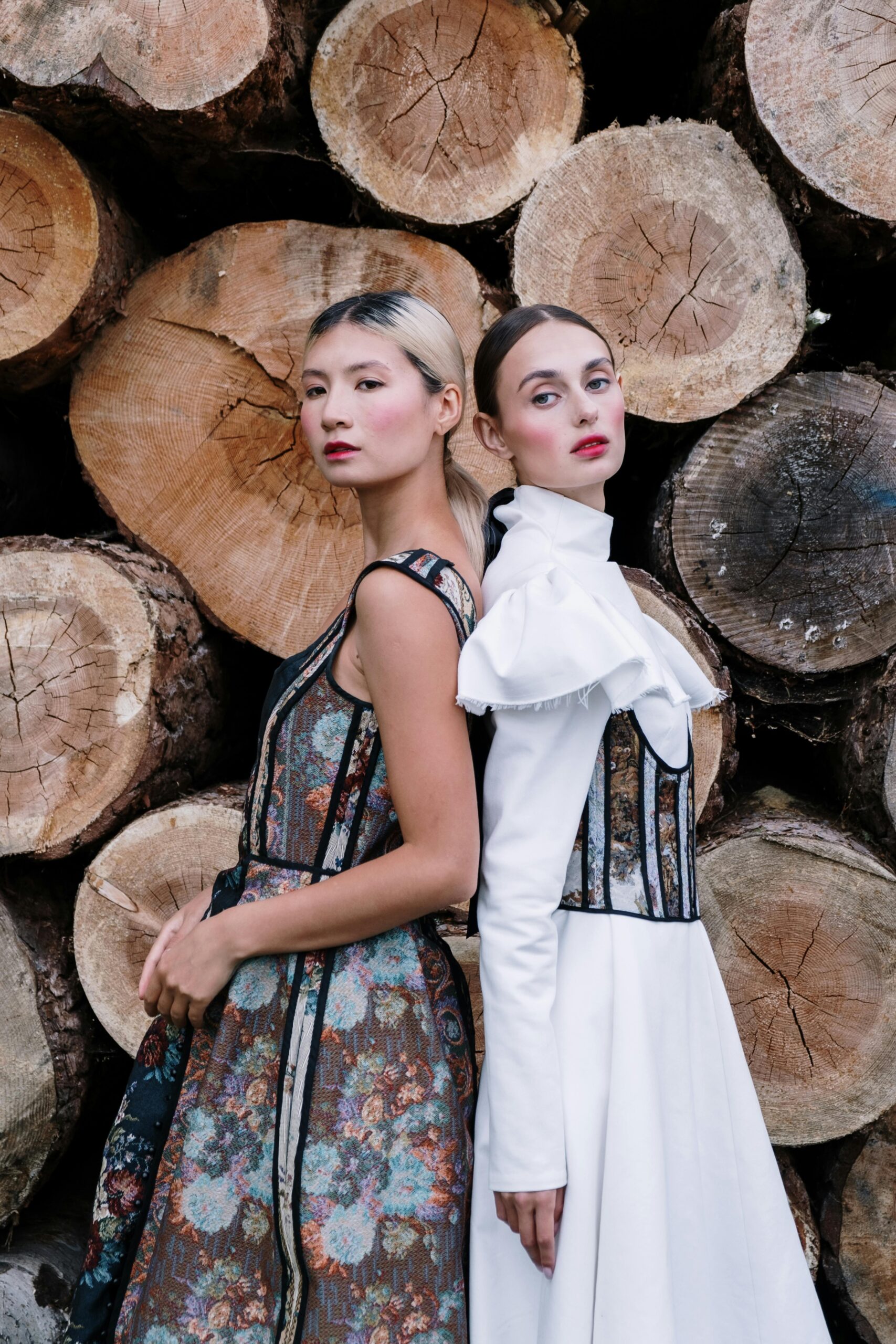Fashion has always been a reflection of cultural shifts, and few movements have transformed the industry as profoundly as streetwear. What began as a grassroots expression of urban life — born on the sidewalks, in skate parks, and within hip-hop communities — has evolved into one of the most influential forces in global fashion. Today, streetwear isn’t just casual clothing; it’s a cultural language that speaks to identity, creativity, and rebellion.
By 2025, streetwear’s impact on high fashion is undeniable. Luxury brands collaborate with street labels, sneakers are auctioned like art, and hoodies are now as common on runways as tailored suits. This article explores how streetwear evolved from subculture to haute couture, how it reshaped the fashion hierarchy, and what the future of this powerful movement holds.
1. The Origins of Streetwear: From the Streets to the Spotlight
Streetwear’s story begins in the late 1970s and early 1980s, emerging simultaneously in different corners of urban culture — from New York’s hip-hop scene to California’s surf and skate communities.
-
In New York, streetwear found its roots in the hip-hop movement, where artists and fans expressed their individuality through oversized silhouettes, bold logos, and sportswear-inspired looks. Brands like Kangol, Adidas, and FUBU became emblems of urban pride and cultural authenticity.
-
In California, surfers and skaters developed their own relaxed, DIY aesthetic. Brands like Stüssy and Santa Cruz pioneered the concept of printed T-shirts that merged countercultural art with lifestyle branding.
By combining authenticity, rebellion, and creativity, streetwear became a visual representation of youth identity. It wasn’t about following rules — it was about creating your own.
2. The Rise of Logos and Brand Identity
One of the defining features of streetwear is its bold use of branding. Unlike traditional fashion, where logos were once considered subtle or even gauche, streetwear celebrated them as a badge of belonging.
Wearing a logo-heavy hoodie or T-shirt wasn’t just about fashion — it was about representing a community or ideology. Brands like Supreme, BAPE, and Off-White understood this early on. They transformed logos into cultural symbols that represented exclusivity, attitude, and street credibility.
Supreme, in particular, became a global icon by turning limited-edition drops into cultural events. Lines around the block for new releases reflected more than demand — they represented devotion. Supreme’s collaborations with brands like Louis Vuitton and Nike blurred the lines between streetwear and luxury, setting a precedent that changed the entire fashion landscape.
3. The Collision of Streetwear and Luxury Fashion
The late 2010s marked the official fusion of streetwear and high fashion. What was once dismissed as casual or subcultural became a driving force behind luxury design.
This transformation was led by visionaries who understood both worlds:
-
Virgil Abloh, founder of Off-White and former artistic director at Louis Vuitton Men’s, redefined what luxury could look like. His work celebrated the aesthetic of streetwear — hoodies, sneakers, and graphic tees — within the context of high-end craftsmanship.
-
Demna Gvasalia at Balenciaga pushed boundaries with oversized silhouettes and logo-centric designs, directly influenced by street fashion.
-
Kim Jones at Dior Men collaborated with brands like Stüssy and Travis Scott, bridging the gap between couture and street culture.
These designers elevated streetwear to runway legitimacy, introducing it to the global elite while maintaining its underground spirit. Suddenly, sneakers were paired with tailored suits, and hoodies became symbols of modern luxury.
4. The Role of Hip-Hop and Pop Culture
Streetwear’s evolution cannot be separated from the influence of hip-hop and music culture. Since its inception, music has been the heartbeat of street fashion — shaping trends, setting narratives, and giving voice to cultural movements.
Artists like Run-D.M.C., Tupac, Kanye West, and Pharrell Williams didn’t just wear streetwear — they defined it. Their music and style represented authenticity and aspiration, inspiring millions around the world.
In the 2000s and 2010s, collaborations between musicians and fashion brands exploded. Kanye West’s Yeezy line with Adidas redefined sneaker culture. Pharrell’s partnership with Adidas and later Louis Vuitton expanded the artistic possibilities of fashion design.
Today, celebrities like A$AP Rocky, Travis Scott, and Rihanna continue to influence both streetwear and high fashion. Their endorsement of brands like Dior, Balenciaga, and Fenty shows how deeply street culture has penetrated the fashion mainstream.
5. Streetwear as a Social Statement
Streetwear has always been more than clothing — it’s a form of social commentary. Rooted in rebellion, it challenges societal norms about beauty, wealth, and identity.
For many young people, streetwear is a way to express individuality and resist conformity. It’s democratic by nature — you don’t need to be rich or elite to participate. You just need creativity, confidence, and connection to culture.
In the digital age, this spirit of expression has only grown stronger. Social media platforms like Instagram, TikTok, and X (formerly Twitter) have democratized fashion influence, allowing independent designers, street photographers, and sneaker enthusiasts to shape trends from the ground up.
Streetwear has also become a platform for activism and inclusivity. Brands use their visibility to address issues like racial justice, gender equality, and sustainability. The fashion community is increasingly recognizing that culture and conscience must coexist.
6. The Sneaker Phenomenon
No discussion of streetwear is complete without mentioning sneakers — the cornerstone of the movement.
Once considered sports gear, sneakers have evolved into luxury collectibles. Limited releases, collaborations, and resell culture have turned them into investment assets.
-
Nike’s Air Jordans became the original streetwear status symbol.
-
Yeezy sneakers revolutionized the intersection of celebrity and design.
-
Collaborations like Travis Scott x Nike or Dior x Air Jordan 1 proved that sneakers could rival luxury handbags in both price and prestige.
The sneaker industry is now worth billions of dollars, with collectors treating rare pairs like art. Streetwear’s love for sneakers demonstrates how deeply the movement values self-expression and exclusivity — not through traditional luxury, but through cultural significance.
7. Gender Neutrality and the Evolution of Style
Streetwear has also played a crucial role in breaking gender barriers in fashion.
Traditionally, fashion was divided into “menswear” and “womenswear,” but streetwear challenged this binary. Oversized silhouettes, unisex hoodies, and baggy jeans became symbols of inclusivity.
Today, brands like Fear of God, Pangaia, and Daily Paper create collections that appeal to all genders. The movement has redefined what it means to dress with confidence — it’s not about fitting into categories, but about expressing one’s identity authentically.
Streetwear’s gender-fluid nature mirrors broader social progress, making it a key force in shaping a more inclusive fashion future.
8. Streetwear Meets Sustainability
As fashion faces growing pressure to become more sustainable, streetwear brands are embracing eco-conscious practices.
Originally, streetwear thrived on mass production and hype-driven consumption, but modern consumers are demanding change. Leading brands are now focusing on:
-
Recycled materials and organic fabrics
-
Limited runs to reduce waste
-
Secondhand resale platforms promoting circular fashion
Brands like Pangaia, Patagonia, and Noah NYC integrate sustainability into their ethos, proving that environmental responsibility can coexist with street style.
Moreover, streetwear’s culture of vintage and thrift aligns naturally with sustainability. Many enthusiasts proudly wear secondhand pieces — not just as fashion, but as a statement against fast fashion waste.
9. Streetwear in the Digital Age
Technology has amplified streetwear’s global reach. The rise of digital fashion, NFTs, and virtual clothing has given streetwear new dimensions.
Brands now drop virtual sneakers and metaverse collections, allowing fans to express style in digital spaces. Nike’s “.SWOOSH” platform and Adidas’ NFT projects are early examples of how fashion meets blockchain innovation.
Social media remains streetwear’s most powerful marketing tool. Limited-edition drops, influencer partnerships, and viral aesthetics fuel demand and exclusivity. Online communities — from Reddit to Discord — have replaced street corners as the new hubs of fashion dialogue.
Streetwear has thus evolved from physical expression to digital identity, blurring the line between real-world and virtual style.
10. The Future of Streetwear: Beyond the Hype
As streetwear continues to evolve, a key question arises: what’s next?
Experts predict that the future of streetwear will focus on authenticity, craftsmanship, and sustainability rather than hype. The over-commercialization of limited drops has led to fatigue among consumers who now crave deeper meaning behind what they wear.
Emerging designers are fusing streetwear’s casual DNA with tailored sophistication, creating a new wave of “luxury street tailoring.” Meanwhile, collaborations between global fashion houses and independent creators will continue to define innovation.
Streetwear will also maintain its role as a cultural storyteller — adapting to global movements, digital culture, and environmental change.
In short, the next phase of streetwear will be refined, responsible, and rooted in individuality.
11. Conclusion: The Streetwear Legacy
From the sidewalks of New York to the catwalks of Paris, streetwear’s journey is one of the most remarkable transformations in fashion history. What began as a symbol of youth defiance and subcultural identity has become a universal language — influencing luxury, art, music, and technology.
Streetwear has redefined the rules of fashion democracy. It blurred the lines between high and low culture, between exclusivity and accessibility, between authenticity and aspiration.
In 2025 and beyond, streetwear will continue to evolve, not as a passing trend but as a movement that mirrors society itself. It will remain dynamic, inclusive, and expressive — a true testament to the power of culture to shape what we wear, how we think, and who we are.
